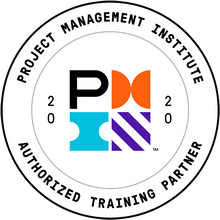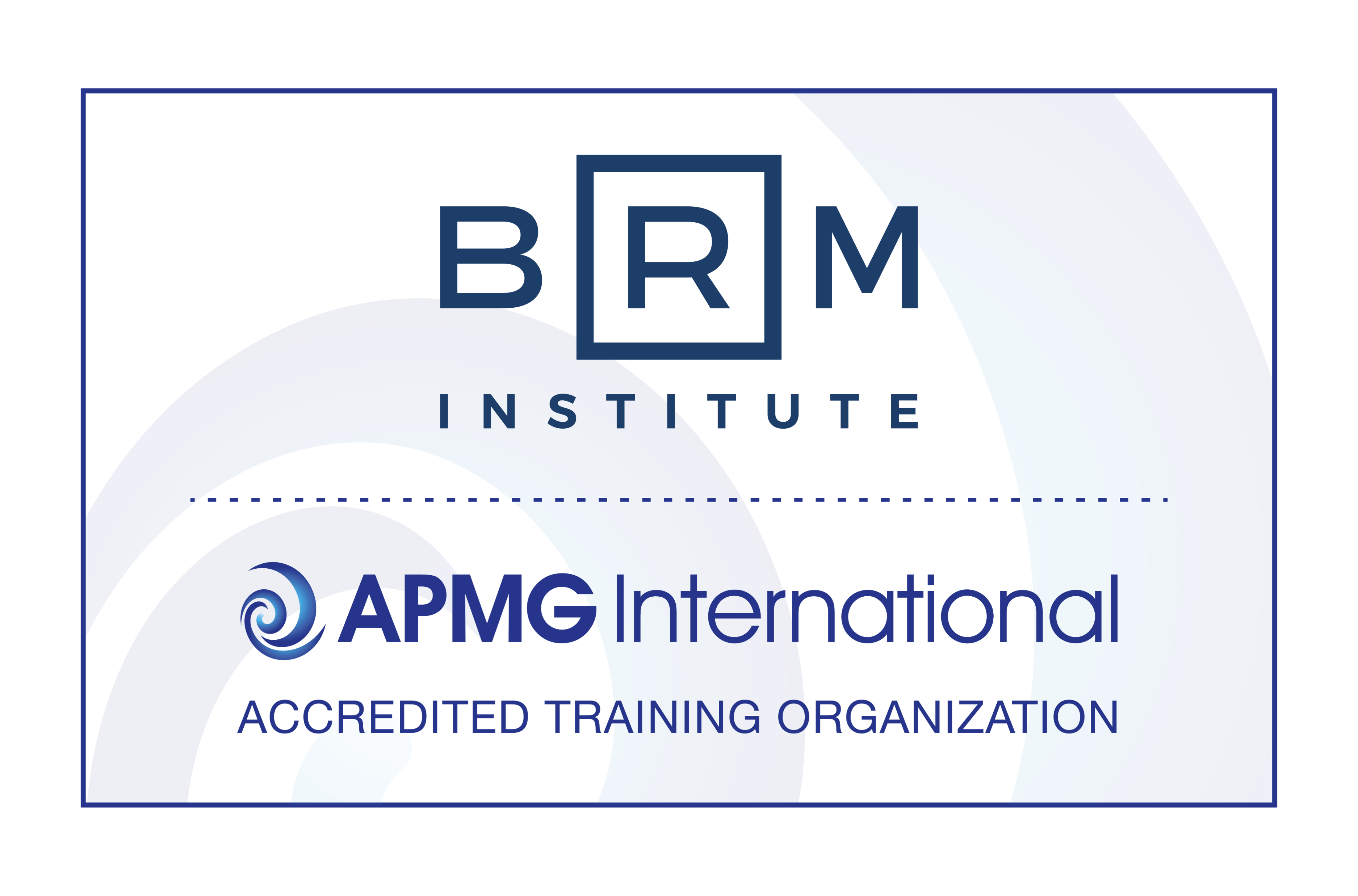Process and Innovation
I recently read an article on some of the changes that have been taking place in IT in the past year. Suffice to say that things are moving very fast. How can a company keep its processes up-to-date?
 First, there are two separate issues. In one case, some innovation, like 3D printing, may come along that makes it possible to completely change the way your organization does business. Instead of maintaining inventory in warehouses around the world, you may decide to drop inventory and simply print parts locally, as needed. If you adopt this strategy you will be transforming your business and will need to rethink lots of things. Will you buy the 3D printers or simply outsource the printing of the parts? How will you generate the “specifications” needed for the 3D printers? Will you do this for new parts, or capture all parts for the past decade? How will you transition from your considerable existing investment in warehouses and parts? I mention this example to suggest that some innovations are transformative—they radically change a key process and sometimes give you the opportunity to reinvent an industry and gain a major advantage over your rivals. Identifying and acting on those types of innovations ought to be a high priority.
First, there are two separate issues. In one case, some innovation, like 3D printing, may come along that makes it possible to completely change the way your organization does business. Instead of maintaining inventory in warehouses around the world, you may decide to drop inventory and simply print parts locally, as needed. If you adopt this strategy you will be transforming your business and will need to rethink lots of things. Will you buy the 3D printers or simply outsource the printing of the parts? How will you generate the “specifications” needed for the 3D printers? Will you do this for new parts, or capture all parts for the past decade? How will you transition from your considerable existing investment in warehouses and parts? I mention this example to suggest that some innovations are transformative—they radically change a key process and sometimes give you the opportunity to reinvent an industry and gain a major advantage over your rivals. Identifying and acting on those types of innovations ought to be a high priority.
Improve your skills
BPM Professional Certificate Program
Next program starts
July 10
in Boston area
Next, consider the possibility that you could store some data in the cloud and reduce costs of PCs on employees’ desks by buying PCs with less memory capacity. Not a major innovation, simply a minor change that hardly effects your processes, but might save some money. It's probably not worth doing it overnight, but may be worth considering when you are about to buy new computers for your operations.
I normally recommend that an organization that has a reasonably well-defined process architecture maintain a pain-gain matrix that gets updated once every six months or each year. In essence, all of the processes are placed on a grid. Those at the top right of the chart are processes that are very important to the company's success and those that are not performing very well. They are the processes that ought to be at the top of any list of processes to be redesigned.
In other words, you have key value chains that produce the products or services that define your business. You ought to be constantly looking for an innovation that could transform that process.
Next you have processes that are, in some way, less than optimal. Of those, some are more important to your organization's success than others and ought to be among your highest priorities if you have the time and resources to be redesigning processes.
 One list of possible technology changes are those that would transform your value chain and ought to be considered immediately. Another list of possible technology changes should be noted and used if they can improve a process that you are redesigning.
One list of possible technology changes are those that would transform your value chain and ought to be considered immediately. Another list of possible technology changes should be noted and used if they can improve a process that you are redesigning.
From an organizational perspective, you need two committees. One focuses on your core value chain and constantly looks for any opportunity to improve it. The other maintains a list of possible improvements that redesign teams should consider when they undertake routine process improvements. One is critical if you are to stay in business. The other is smart to do if you want to keep improving the way your organization works.
As a final note, I'd suggest that any committees you set up to monitor technology change and to recumbent technologies to consider using include both IT and business people. Not all new technologies are IT, and some new IT technologies excite IT people but will be resisted by business people. Technology committees ought to be designed to maintain a balanced view.
To learn more about this topic, register for our upcoming Business Process Management Professional Certificate or Business Process Management Advanced Professional Certificate, both starting in October.








